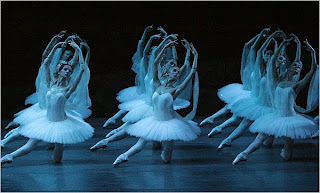https://www.slideshare.net/enricamaragliano1/maths-and-dance
This site explains what math is in ballet, and although it is a slide show it was still useful. This site showed examples of how math is in ballet, there are music and rhythm, symmetry, shapes and even movement. Dancers form many shapes and lines with their bodies so they must understand geometry and angles.
This site was helpful because although it was a slideshow there was still information that I could use. I could see the pictures and connect it to the information. This is also is one of those sites with multiple connections to dance and math. I like these sites because I can extract more information out of it.











